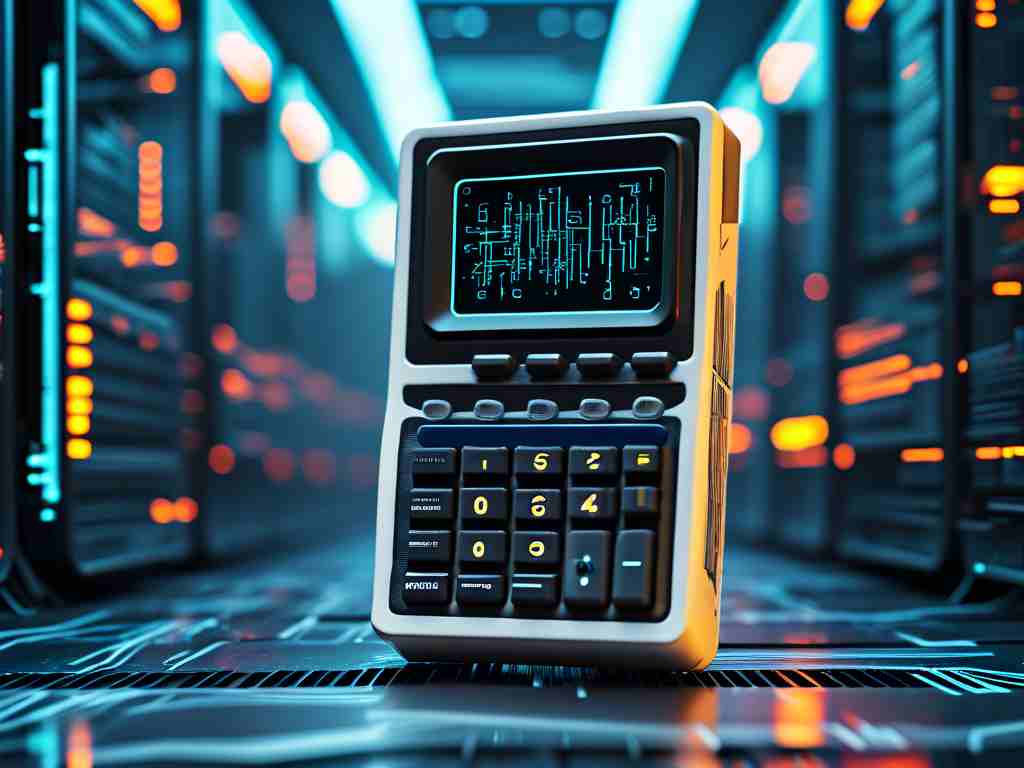When working with programmable calculators like the TI-84 Plus or HP Prime, understanding their memory architecture is crucial for optimizing code performance. These devices rely on specialized memory systems to store both user programs and operational data, but their technical implementations differ significantly from modern computers.

Memory Types in Programmable Calculators
Most programmable calculators utilize two primary memory types: RAM (Random Access Memory) and ROM (Read-Only Memory). RAM handles temporary data storage during calculations and program execution, while ROM stores the calculator’s operating system and pre-installed functions. For example, the TI-84 Plus CE features 154KB of RAM and 4MB of archive memory (a form of flash storage), allowing users to save programs even after power-off.
How Memory Affects Programming
Limited RAM directly impacts program complexity. Consider this simple TI-BASIC code snippet:
:For(I,1,1000)
:Disp I
:EndWhile this loop runs smoothly, adding nested loops or matrix operations could exhaust available memory, triggering "ERR:MEMORY" warnings. Advanced calculators like the HP Prime with 256MB RAM handle larger datasets but still require efficient coding practices.
Memory Management Techniques
- Variable Optimization: Reuse variables instead of declaring new ones.
- Code Compression: Use shorthand syntax (e.g.,
√(A²+B²)instead ofSqrt(A^2 + B^2)). - Garbage Collection: Manually clear unused variables using built-in tools.
Case Study: Graphing vs. Scientific Calculators
Entry-level scientific calculators like the Casio fx-991EX typically lack programmable memory, while graphing calculators offer expandable storage. The NumWorks calculator bridges this gap with 8MB flash memory supporting Python scripts, demonstrating how memory capacity influences functionality.
Future Trends
Emerging models now incorporate cloud synchronization (e.g., Casio ClassPad.net), reducing reliance on physical memory. However, offline operation still demands efficient onboard memory design.
Practical Tip: Always check a calculator’s memory specs before developing complex algorithms. A program running on a desktop PC with 16GB RAM might crash instantly on a calculator with 64KB memory.
Understanding these memory constraints helps developers create efficient, reliable programs tailored to their calculator’s capabilities. As education-focused devices evolve, balancing memory limitations with computational needs remains a critical engineering challenge.

